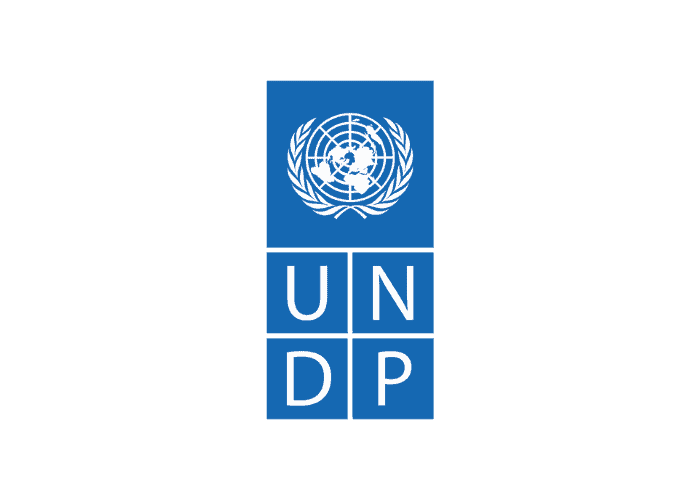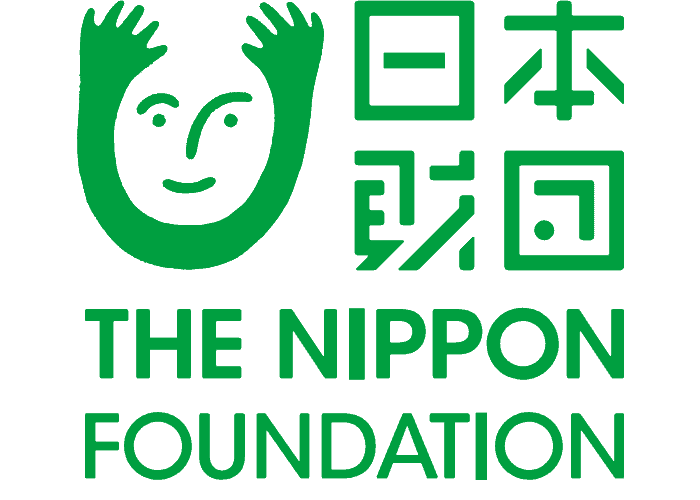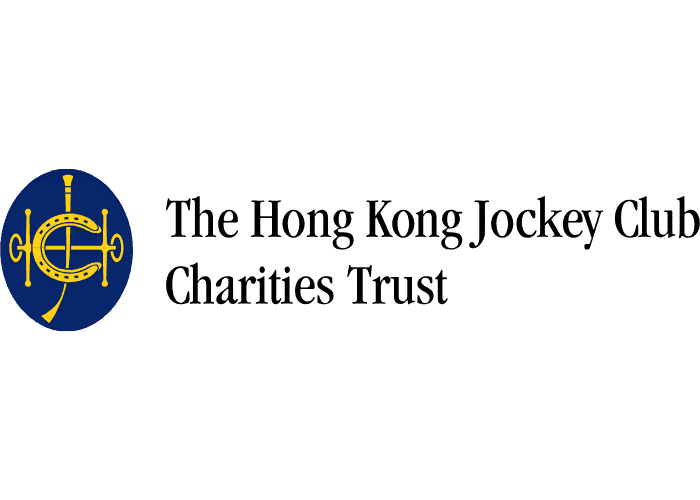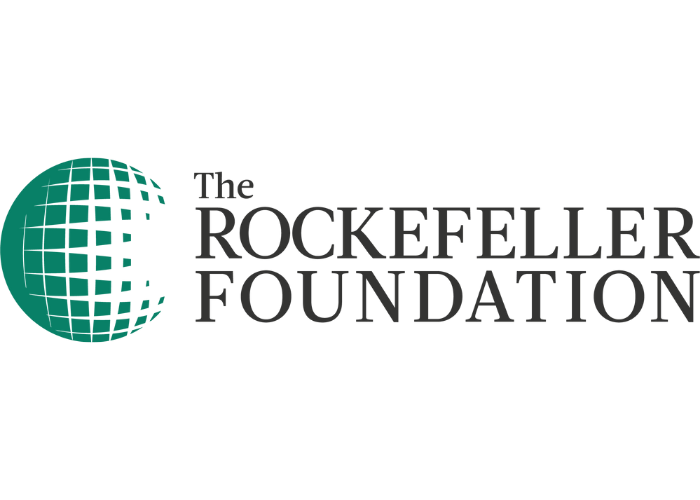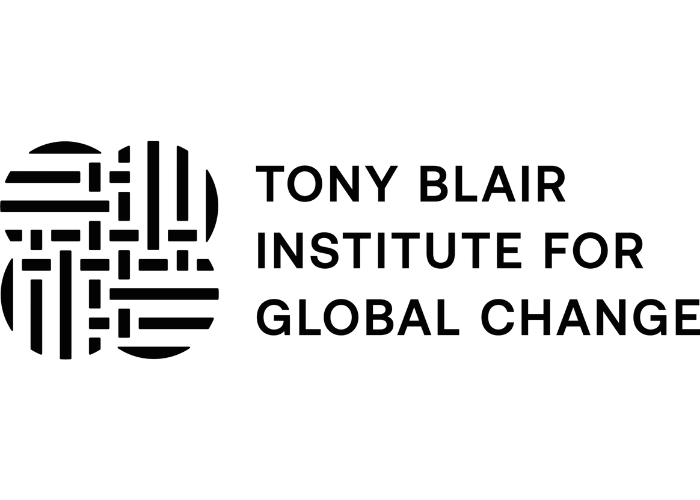ADVANCING IMPACT
A roadmap for social investing in Asia
In 2015, member countries of the United Nations committed to 17 goals, known as the Sustainable Development Goals (SDGs), that are intended as a blueprint for a better future for all. Some progress has been made since then. However, as the covid-19 pandemic continues to disrupt the global economy, achieving the SDGs by 2030 has become more challenging than ever.
INTRODUCTION
Challenges on the road to the SDGs
The United Nations (UN) Sustainable
Development Goals (SDGs) are 17 interlinked global goals designed to be a “blueprint to achieve a better and more sustainable future for all” by the year 2030.
Ambitious goals require ambitious financing. In 2014, the United Nations Conference on Trade and Development (UNCTAD) estimated that the annual investment required to achieve the SDGs is US$3.9 trillion, which was more than double the financing provided at that time (US$1.4 trillion), leaving a gap of US$2.5 trillion (2015–2030).1
In 2021, in light of the COVID-19 pandemic, the Organisation for Economic Cooperation and Development (OECD) increased this estimate by an additional US$1 trillion. However, as the need for funding increased, financing from external private resources reduced by US$0.7 trillion—expanding the SDG financing gap to US$4.2 trillion per year. In addition, COVID-19 had a specific impact on investment flows to sectors relevant for the SDGs in developing countries. All but one SDG registered a double-digit decline from pre-pandemic levels, thereby exacerbating declines in sectors that were already weak, such
as power, food and agriculture, and health.2
In Asia-Pacific, not all countries are on track to achieve a significant number of SDGs.

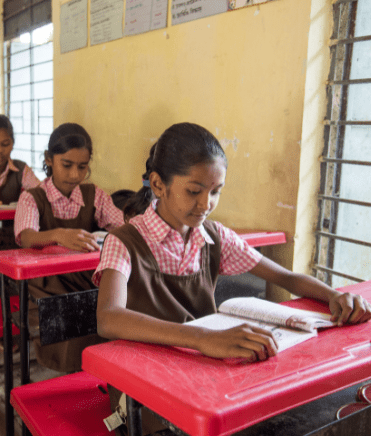
ECONOMIST IMPACT
A pathway to maximizing impact
As actors step in to bridge the funding gap, Economist Impact conducted an extensive literature review and interviews with experts to provide ten key principles of social investment. Mapped across the project life cycle and substantiated with specific examples from the fields of climate, gender, healthcare and livelihoods in APAC countries, these principles can serve as a guide to anyone interested in moving the region towards sustainable development with social investment.
Case Studies

Credit Suisse APAC Foundation
Submitted by: Laetitia Lienart, Deputy Head, Corporate Citizenship and Foundations APAC (Credit Suisse)
Credit Suisse supports a wide range of social impact organizations across 15 countries in APAC through financial donations, capacity building and access to networks. In May 2020, the Credit Suisse APAC Foundation launched a new partnership with Generation HK, a not-for-profit organization supporting youth employment through ambitious training and job placement programs. This partnership includes a three-year grant aimed at funding a bespoke vocational training and job placement program for young people with special education needs.
As this program was a new one, Generation HK used a portion of the grant to invest in research (Key principle #2), by mapping the manpower needs and pain points of HK employers while assessing strengths and challenges of young people with special education needs, with a focus on neuro-divergent individuals. This resulted in the design of a tailored “Manual Quality Assurance Testing (MQAT)” job training curriculum that involved key stakeholders, including future employers, SEN experts and prospect students. Generation HK has also provided training and resources to help future employers enable a supportive environment as well as an open minded and equality culture in the workplace, which is critical to ensure the success and sustainability of the training program. The first cohort successfully launched and completed in 2021 (9 graduates/11 leaners), with a 100% job placement rate. One of the employer partners who has hired a graduate praised expressed interest to hire more graduates from this program. This clearly demonstrates the alignment of the training program with the MQAT job supply in HK and talents of neuro-divergent young people (Key principle #7).
Credit Suisse also strongly believes in the importance of supporting capacity building of social impact organizations (Key principle #4). In 2021 and 2022 Q1, two Credit Suisse employees based in HK volunteered their time and skills to support job readiness of Generation HK trainees through several job interview and CV writing training sessions. Generation HK staff and trainees also benefitted from online Excel training sessions delivered by Credit Suisse employees based in APAC. In addition, Generation HK has access to resources developed as part of a two-year capacity-building program (funded by the Credit Suisse APAC Foundation and implemented by EMpower and to Credit Suisse network of Future Skills) partners and funders.
The partnership’s expected impact and strategy were clearly articulated at the early stage through a logical framework and KPIs with annual milestones that were jointly designed and agreed upon by Generation HK and Credit Suisse (Key principle #5). Progress reports, submitted by Generation HK every six months, along with regular informal communication provide Credit Suisse with timely and up to date information on achieved outcomes and short-term impact. Case studies such as Generation student success stories and feedback from employers (engaging Generation graduates) are also of immense value to better understand the long-term multiple impacts of training programs provided by the organization (Key principle #9).
Trust has been paramount to ensure this successful partnership. For example, the inevitable delays and other challenges faced by Generation HK as a result of the Covid-19 pandemic did not affect the partnership quality because of the transparent and regular communications between both partners, which is key to building trust (Key principle #8). The flexibility granted by Credit Suisse during the first year allowed Generation HK to invest the time they needed to perform the MQAT job scoping and to make several iterations of their new training curriculum, which was key to ensure that it was meeting the needs of neuro-divergent students and their future employers.

APNIC Foundation
Submitted by: Hannah Durack, Grants Management Lead at APNIC Foundation
To share and expand the impact of funded work beyond the project, APNIC Foundation’s ISIF Asia grants program works with grantees to publish all final grant reports. This repository of detailed technical information has become an important resource for the field, and a way to further showcase and promote ISIF Asia grantees.
Interpreting Principle 4: provide knowledge in a different way, ISIF Asia grants include additional funds to be allocated towards professional development or organizational capacity building to support the sustainability of the project and/or health of the organization. The program used to offer capacity building resources but we have shifted from this somewhat “cookie cutter” approach, to providing direct grant funding for what the organization determines they need most. Through our connections in the field, we also offer things like access to greatly reduced course prices for grantees, and conference registrations.”
lorem ipsum
Key sections of the report
Aligning values and trust between corporates and social purpose organisations
Gaining an in-depth understanding of social issues and solutions
Designing strategic or collective impact towards a strong theory of change
Building internal capacities to support the development sector
PARTNER
Major thanks to our partner

Supported by
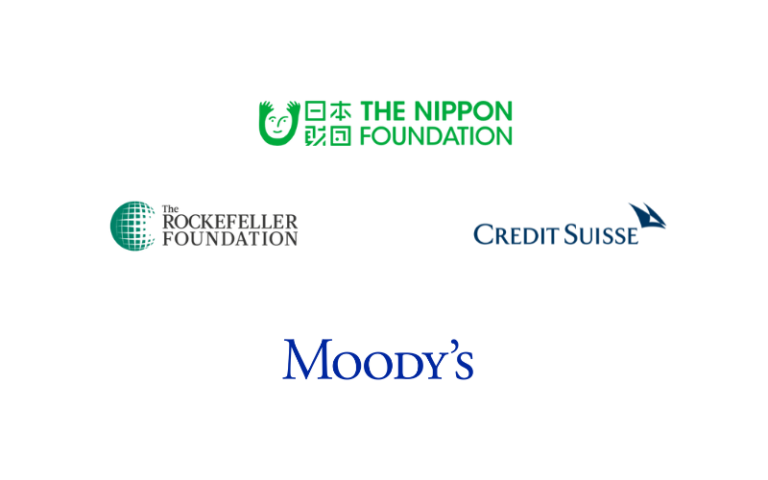
TESTIMONIALS
Straight from the experts
Participate
Share your insights
How does your organization apply the ten key principles for social investing in Asia? Tell us about your insights on accelerating impact.




